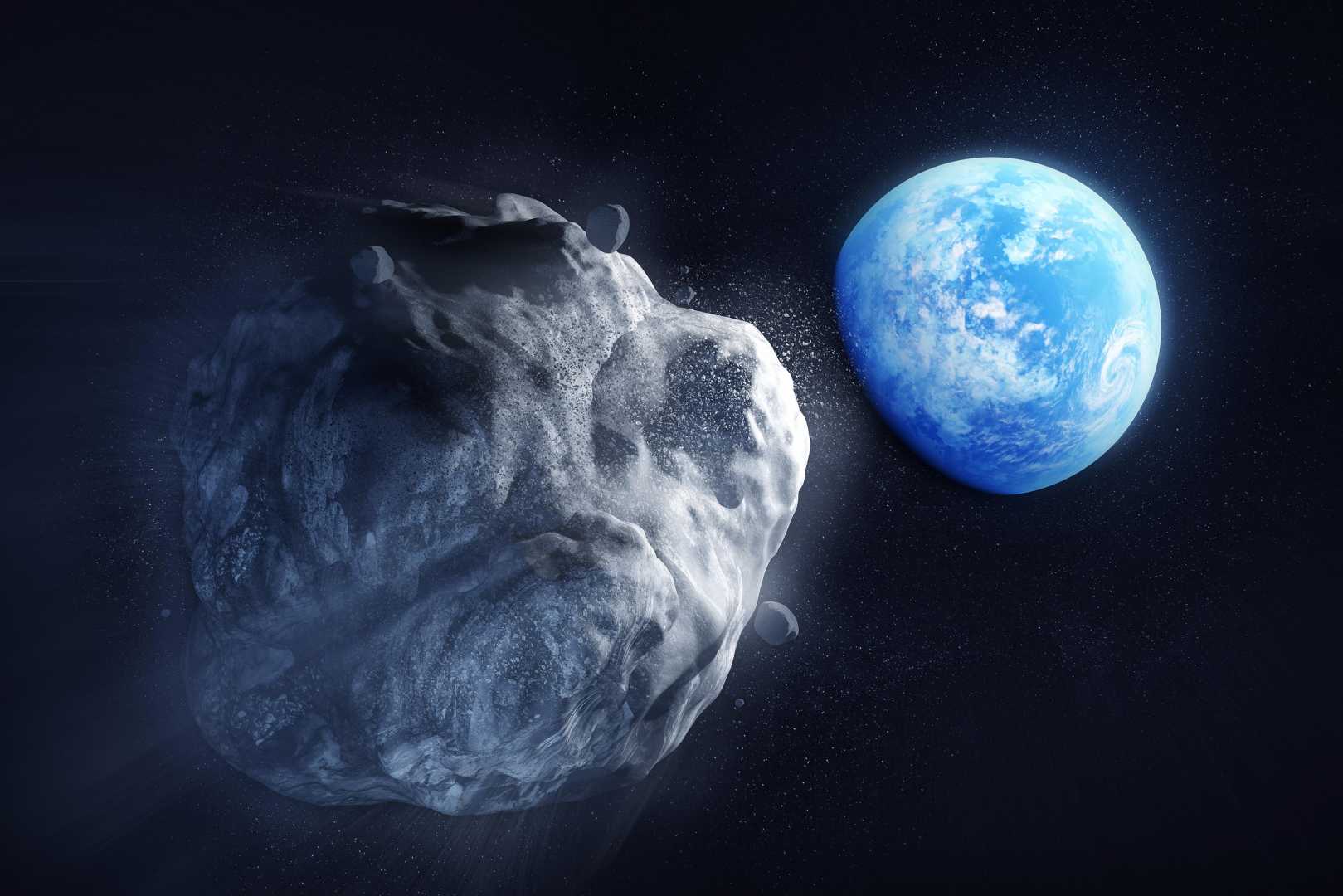News
Asteroid 2024 YR4: 1.2% Chance of Earth Impact in 2032

PASADENA, Calif. — Space agencies are closely monitoring a newly discovered asteroid, 2024 YR4, which has a 1.2% chance of impacting Earth on December 22, 2032. The asteroid, estimated to be between 131 and 328 feet wide, was first detected by the ATLAS telescope in Chile on December 27, 2024, and is currently 28 million miles from Earth.
According to NASA and the European Space Agency (ESA), the asteroid has a 99% chance of safely passing by Earth. However, if it were to strike, it could cause significant local damage, with blast effects extending up to 31 miles from the impact site. “The potential for damage arises because of the incredibly high speed at which the asteroid would enter the atmosphere,” said Dr. Paul Chodas, director of NASA’s Center for Near Earth Object Studies (CNEOS).
2024 YR4 is being tracked by multiple telescopes, including the Magdalena Ridge Observatory in New Mexico and the Very Large Telescope in Chile. These observations aim to refine estimates of the asteroid’s size and trajectory. “The longer we track an asteroid, the more precise the prediction,” said Davide Farnocchia, a navigation engineer at NASA’s Jet Propulsion Laboratory (JPL).
The asteroid is expected to remain visible until early April 2025 before disappearing from view. It will not return to Earth’s vicinity until 2028, when further observations will help determine its exact path. If the asteroid remains a potential threat, international response groups, including the International Asteroid Warning Network and the Space Mission Planning Advisory Group, are prepared to develop mitigation strategies.
NASA’s Double Asteroid Redirection Test (DART) mission in 2022 demonstrated the feasibility of deflecting asteroids using kinetic impact. The ESA’s Hera mission, currently en route to study the aftermath of DART’s impact, will provide critical data for future asteroid deflection efforts. “If 2024 YR4 remained a threat, mitigation measures might be considered,” Farnocchia said, “but the priority now is to reduce its positional uncertainties.”
While the likelihood of impact remains low, the discovery underscores the importance of continued asteroid monitoring. NASA and the ESA track thousands of near-Earth objects, with 2024 YR4 being one of the few with a non-zero impact probability. “Space is big, and these asteroids are still very far away,” said Kelly Fast, NASA’s planetary defense officer, emphasizing the need for ongoing vigilance.












